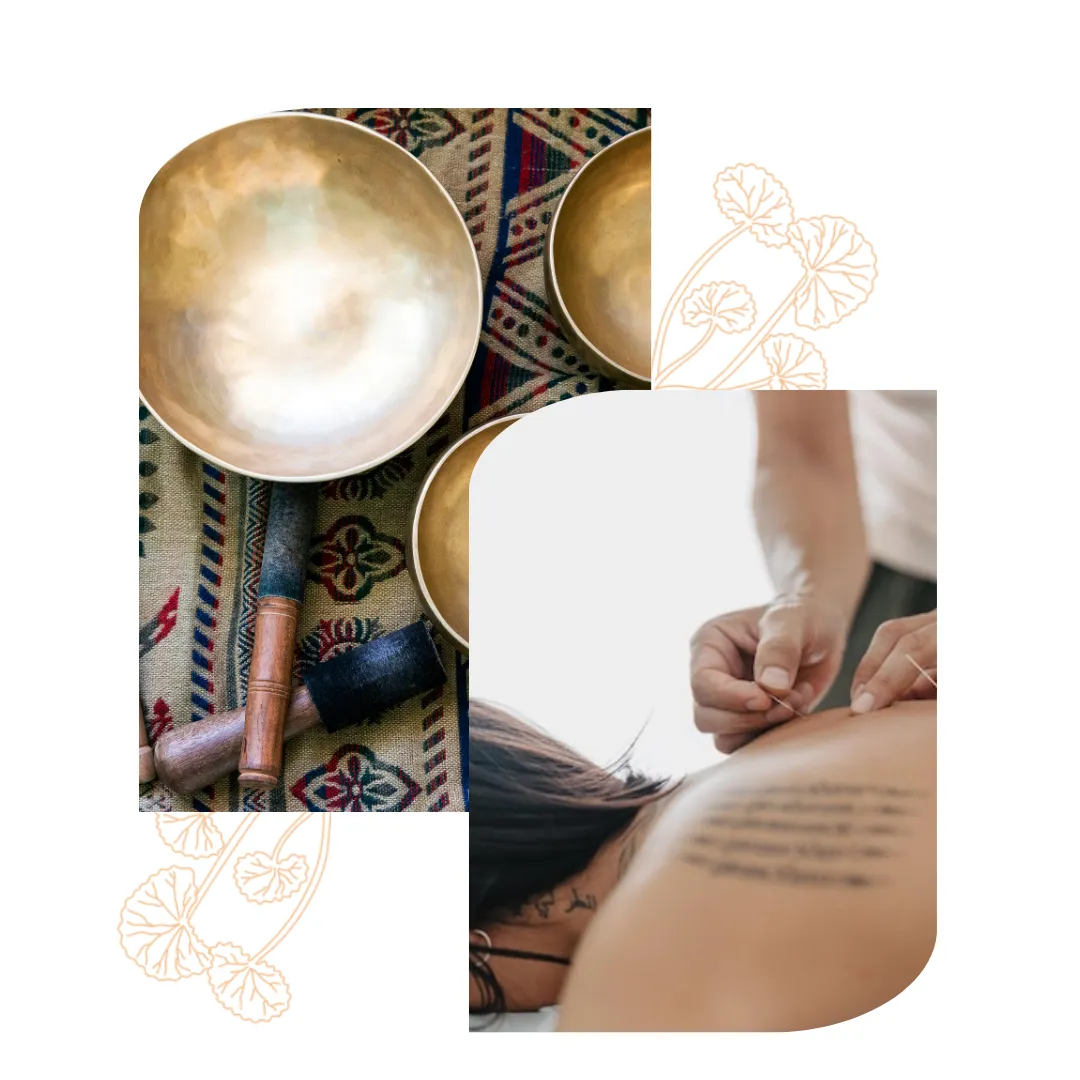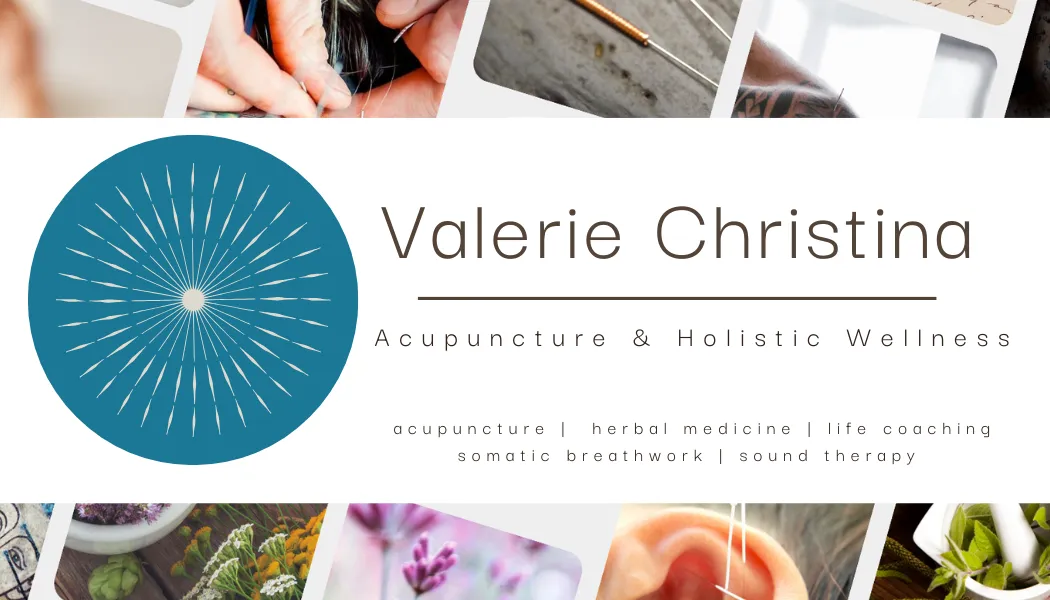Holistic Health Through Somatic Wisdom
Welcome to your healing journey


MEET THE FOUNDER & CEO
Hey, I'm Valerie
I'm glad you're here learning more about what I do and what I'm about!
My professional healthcare focus started in research and various integrative hospital systems, only to venture far off the mainstream model. In the midst of this process, I've worked as an executive strategist and organizational change consultant within the corporate sector, only to find myself drawn back to what I love, and what feeds my soul..and back to the transformative process of holistic medicine.
From the hospital systems, to my corporate gigs, to the jungles of Central and South America, my own transformative journey has taken many turns, weaving a story of many ego-deaths, and rebirths along the way.
Through my own healing journey, unraveling my own triggers and traumas, I've fallen in love with the somatic language of the body and more subtle approaches to natural, holistic healing. Our bodies innate ability to heal is truly amazing, calling for a more nurturing and holistic approach to move towards greater health and wellbeing.
My Background and Experience
Doctorate Degree in Acupuncture & TCM (graduation Dec 2025)
Executive Masters Degree in Business Administration (EMBA)
Masters Degree in Acupuncture & Traditional Chinese Herbal Medicine (M.OM)
NCCAOM Board Certified and Licenced Acupuncturist (L.AC)
Certified Sound Therapist
Certified Somatic Breathwork Facilitator
Disaster Relief Volunteer with Acupuncture Without Borders
My Own Healing Journey
For years, I navigated the challenges of stress, anxiety, cPTSD, and a spinal injury, which sparked a decade long personal journey to reclaim my well-being from the inside out. Along this path, I discovered the profound healing potential of acupuncture, a practice that not only transformed my life but inspired me to help others restore balance to their minds and bodies.
As my passion for natural healing deepened, I integrated sound therapy and somatic breathwork into my practice. These complementary modalities have proven invaluable in helping individuals recalibrate their nervous systems and find relief from the effects of prolonged stress.
My professional journey spans diverse experiences, from hospital settings to community outreach programs, enriching my understanding of the intricate mind-body connection. I’ve seen firsthand how the body retains and responds to pain, stress, and trauma, and this insight shapes the care I provide.
With a Master’s degree in Acupuncture and Herbal Medicine, an Executive MBA, and certifications in life coaching, somatic breathwork and sound therapy, I am dedicated to a holistic and integrative approach to healing. My ongoing education focuses on chronic inflammation, pain management, and cPTSD, enabling me to offer personalized, evidence-based support tailored to each individual’s unique needs.
My areas of focus include:
Using sound therapy and frequency to realign the body and release stuck energy
Exploring the mind-body and soma-psyche connection
Investigating ancestral healing and the impact of generational trauma on the human genome
Harnessing the transformative power of meditation
Attuning to the subconscious language, emotions, and traumas stored in the body
My ongoing education focuses on incorporating supportive somatic practices that deepen the healing process, in particular for cPTSD and stuck patterns in the body. With continuing education in areas of transformational coaching and mind-body somatic practices, I am truly passionate about the work I do! I love bridging evidence-based approaches with deeper energetic practices.
Join Me On Substack
Stay connected and inspired, with weekly insights on life coaching, acupuncture and somatic practices for personal transformation, resilience, emotional balance, and holistic health.
© Copyright 2025. Valerie Christina Acupuncture & Holistic Wellness. All rights reserved.
Privacy Policy
Terms and Conditions
